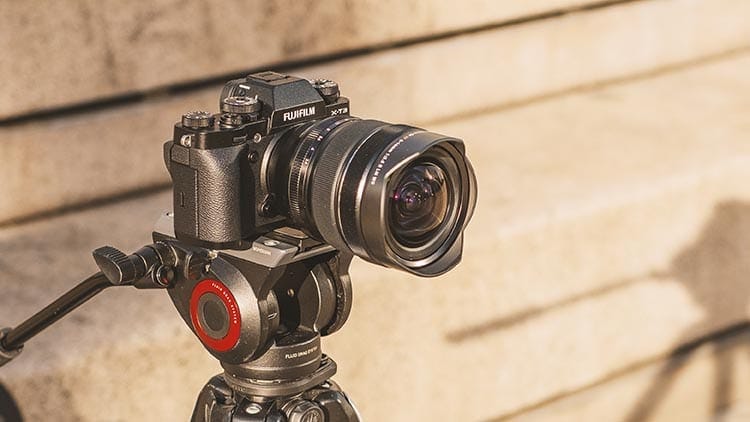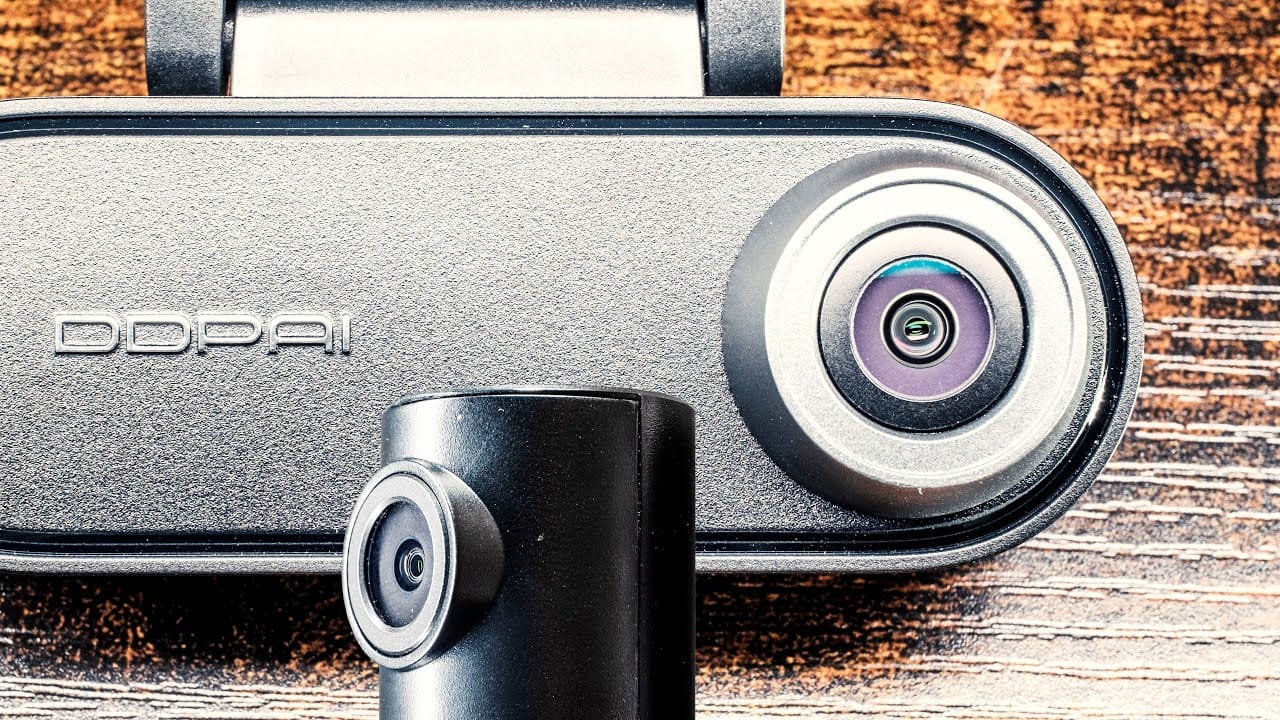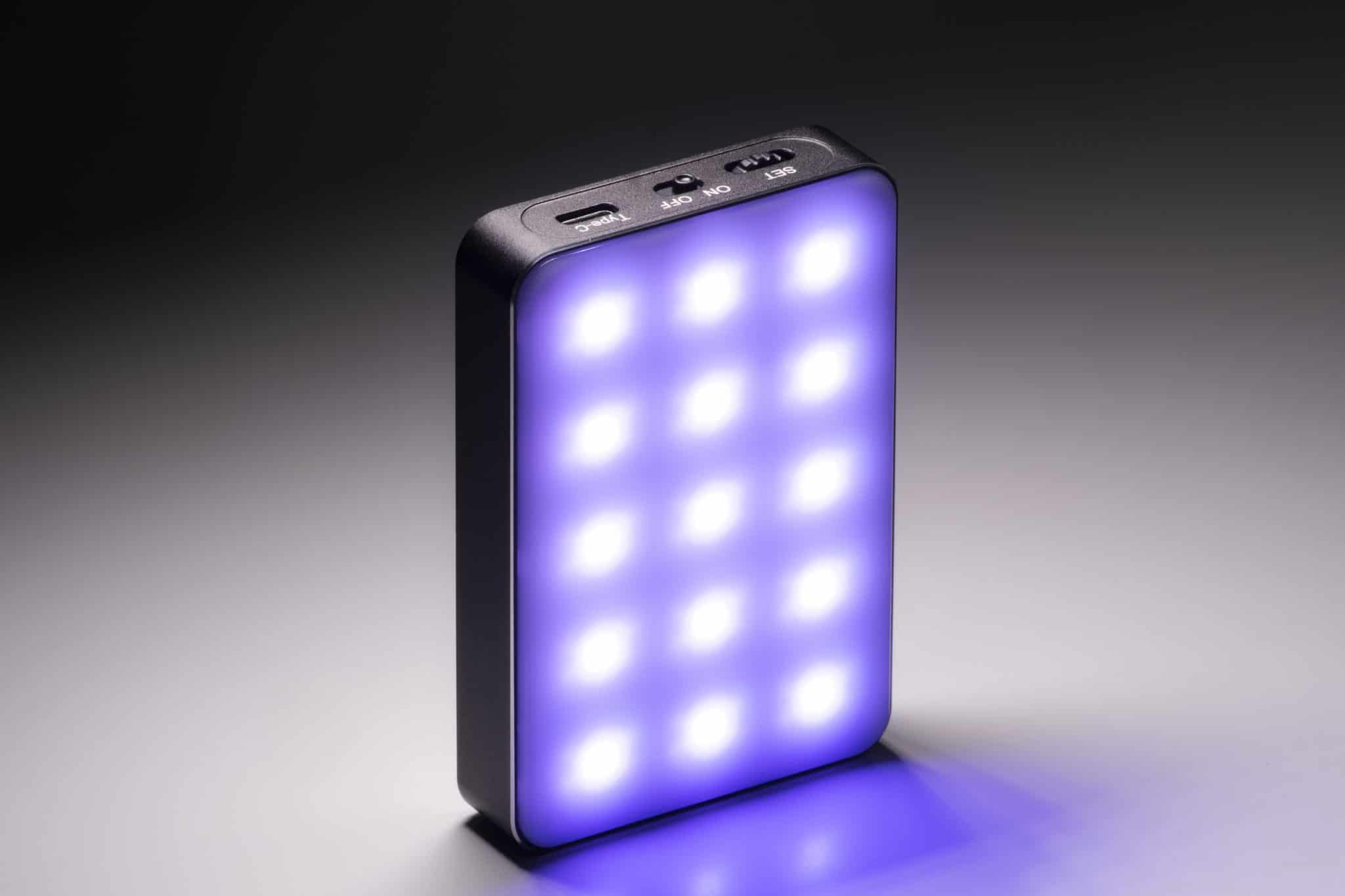The Fujifilm X-T3 is a very capable stills camera but how good does it perform when it comes to capturing video? Watch our Vvdeo review below to find out!
The Fujifilm camera that got filmmaker’s attention first was the X-T2. It wasn’t really made for video recording but because of the detailed image and colors became popular among video creators. The X-T2 finally got on everyone’s radar when a big firmware update enabled the camera to shoot log internally as well as 120 frames per second in HD.
Two years after the X-T2 was launched its successor clearly shows that Fujifilm is focusing more and more on video features. The X-T3 can shoot 4K 60p at up to 400Mbps when recording in H.265. Even though this is not the fastest codec to work with when it comes to editing it’s definitely worth it when color correcting and grading the footage. Grading is also a lot easier because the H.265 footage is 10-bit with 4:2:0 subsampling. When using an external recorder like the Atomos Ninja 5 it can even output 4:2:2 to really get the best out of the image.
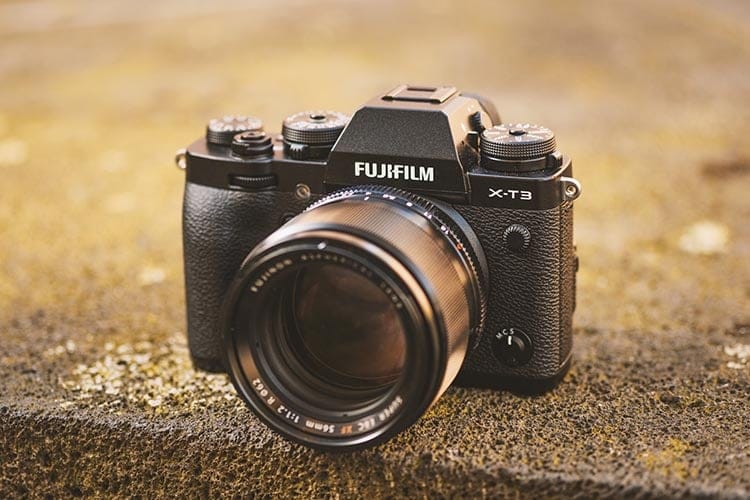
Fuji’s flat picture profile F-Log is certainly a good choice for grading but the new HLG profile is a much needed extension because it doesn’t require a heavy grade which means you will spend less time in post adjusting and tweaking colors and contrast. The advantage of this HDR picture profile is that the footage looks more saturated and less flat even though it has a high dynamic range. This is especially useful for productions that need to be edited and finished quickly without the need for a professional color correction.
A feature Fuji is constantly improving is auto focus. The continuous auto focus works very well most of the time just like the face tracking which can be useful for interview shoots or when vlogging.
Besides being able to record 120 frames per second in Full HD for a nice slow motion effect the camera can also do the opposite and record timelapses with the shortest interval of 1 second. A timelapse can be saved as JPEG or raw files with a resolution of up to 6K. But just like with other Fuji cameras there is no video preview or video file to display how the timelapse sequence looks like.
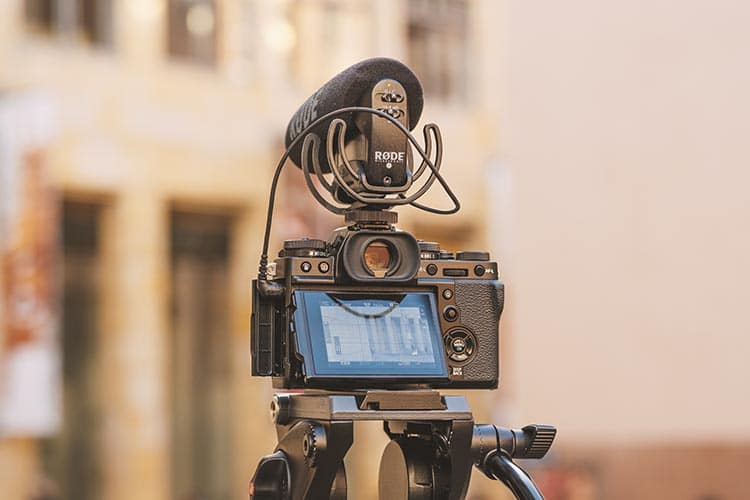
The camera almost has it all. But one big feature is missing. IBIS. This certainly isn’t a big deal when shooting with XF zoom lenses that have built-in image stabilization or when using a tripod but filming hand-held with prime lenses is pretty much impossible because the footage will be too shaky.
The X-T3 has a headphone jack and a 3.5mm microphone input as well as all the necessary features to monitor the video on screen. The electronic viewfinder is bright and detailed and overall quite useful especially when shooting outdoors on a sunny day but also to add stabilization when filming hand-held. The ergonomics are almost identical to the X-T2’s which is good if you are familiar with the camera but rather unusual for everyone who hasn’t used Fuji cameras before. The grip is small which can be an issue for people with big hands even if the battery grip is attached.
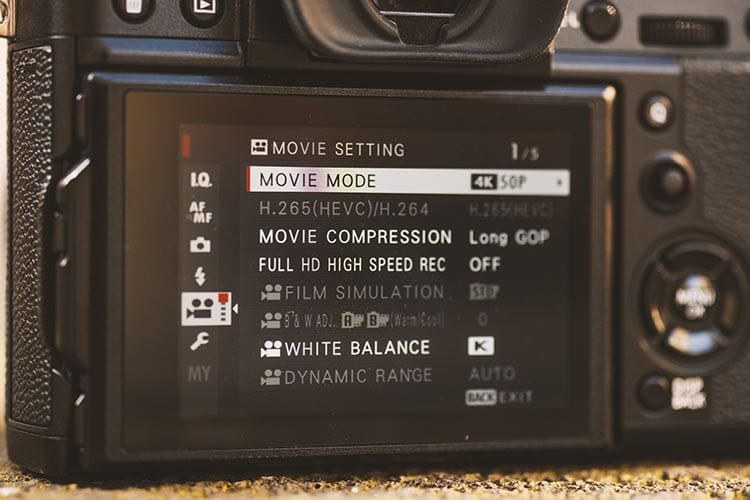
The battery life is okay but could definitely be better. During our testing I often used the battery grip which meant the camera had access to three batteries in total so I didn’t have to worry about running out of power so it always makes sense to go out with a few batteries.
So overall there isn’t too much to talk or complain about because the camera does a lot of things right. Just like most mirrorless cameras the X-T3 has a recording limit of 30 minutes in one take which isn’t a huge issue unless you’re shooting long interviews.
The main issue this camera really has, when it comes to video features, is the lack of in body image stabilization, which I know is not important to all users but can be if you’re currently using a camera that has it or if you want to use prime lenses that don’t have stabilization. If IBIS is really important for your style of filmmaking then I would recommend to take a look at the X-H1 which is also a good tool for filmmaking but lacks 4K 60p and can’t record video with 10-bit.
The Fujifilm X-T3 is a great camera that deserves all the attention and is pretty much unbeatable for the price. This is not just a good tool for photography but can definitely be used for professional video productions as well.
Written by filmmaker Moritz Janisch, February 27, 2019
